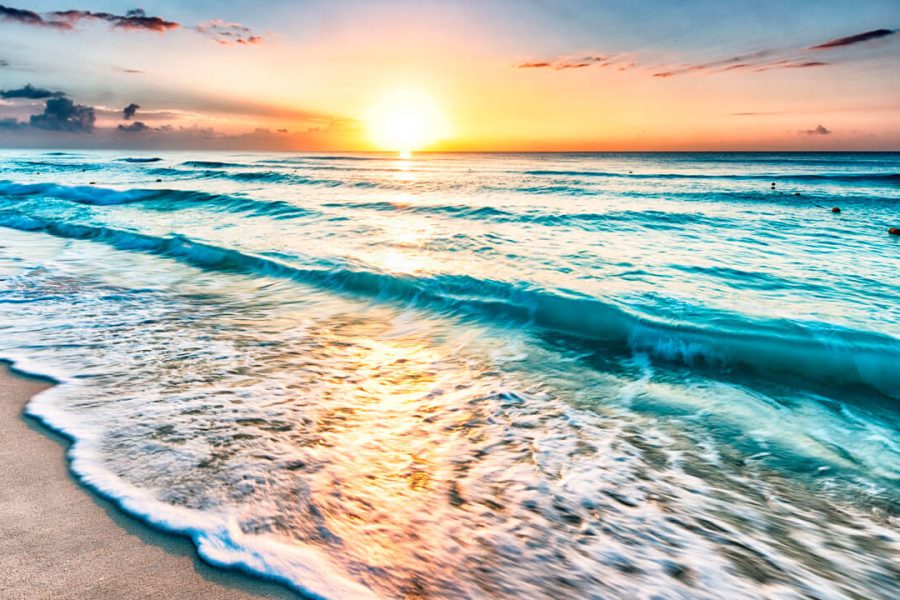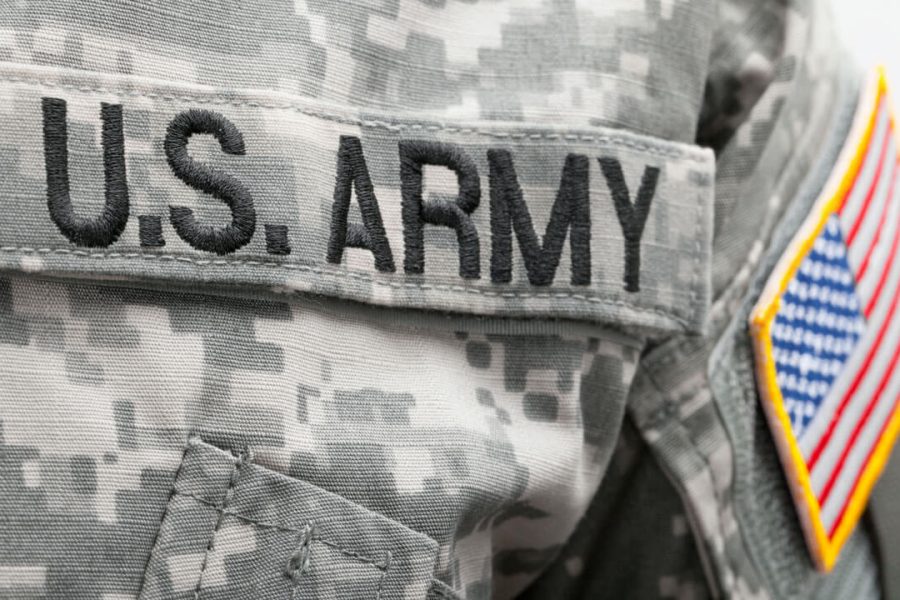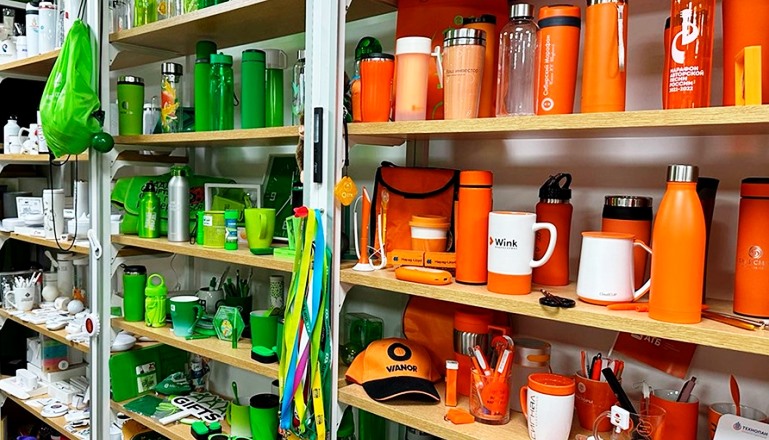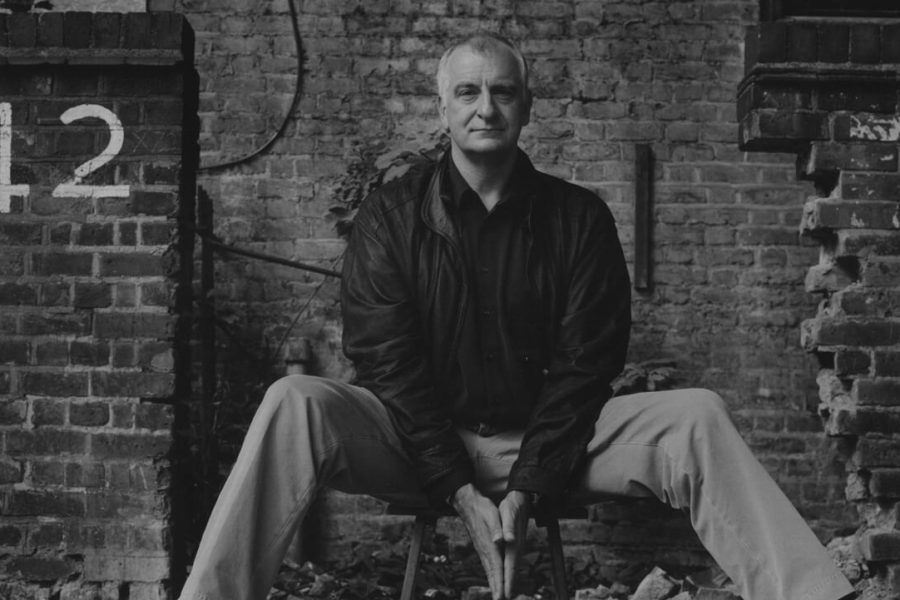Films shot on location often add a level of realism that is missing from films shot on sound stages or in a studio. From montages of iconic New York City landmarks to Manhattan to the Trevi Fountain in Rome "Sweet life" — Authenticity can greatly enhance a viewer’s cinematic experience. But sometimes appearances can be deceiving, as shown in our top 10 filming locations that diverge from the movie.
10. Body heat
South Florida served as the backdrop for this witty 1981 neo-noir thriller starring William Hurt and Kathleen Turner. But the Sunshine State's frigid temperatures required the cast and crew to summon every talent and skill they had to create a sweltering heat wave.
Inspired classic noir , such as "Double compensation" And "The Big Sleep" , "Body Heat" revolves around a femme fatale (Turner) who plots to kill her wealthy husband with the help of an unscrupulous lawyer (Hurt). Principal photography began in late November 1980, when temperatures dropped to 40 degrees. As a result, actors had to suck on ice cubes before delivering their lines to prevent condensation, and crew members were constantly sprayed with water.
Despite the cold conditions, skillful stagecraft proved compelling and helped launch the careers of its leads, who were relatively unknown at the time. Fellow newcomers Ted Danson and Mickey Rourke also played supporting roles, adding weight to the critically acclaimed film.
9. Saving Private Ryan
Although Ireland remained neutral throughout World War II, the country experienced plenty of action thanks to Steven Spielberg’s 1998 epic masterpiece. First, there’s the stunning 20-minute battle sequence that captures the intensity and carnage of the Normandy Invasion, better known as D-Day. But instead of the beaches of northern France, the cast and crew invaded the southeast coast of Ireland to recreate the largest amphibious operation in military history.
Due to various issues, including the actual status of the site as a historical landmark, filming there was simply not possible. Fortunately, Ballineker Beach in County Wexford, about 70 miles south of Dublin, provided a fitting setting for the brutal battle that took place on Omaha Beach on June 6, 1944.
Over 11 million dollars was spent transforming the normally serene Irish coastline into a war-torn battlefield. Spielberg's meticulous attention to visual detail meant painstakingly constructing Nazi pillboxes and barbed-wire barricades, as well as splashing thousands of gallons of fake blood.
Supported by an all-star ensemble cast that included Tom Hanks, Matt Damon, Edward Burns, Tom Sizemore and Barry Pepper, the war epic grossed $481,840,909 worldwide and earned Spielberg an Oscar for Best Director.
8. Lone Survivor
The Sangre de Cristo (Blood of Christ) Mountains of New Mexico, the southernmost subrange of the Rocky Mountains, owe their name to the reddish glow that occurs at sunrise and sunset. In 2013, the celestial atmosphere was altered during the creation of Lone Survivor was replaced by a cacophony of hellfire explosions and gunfire .
Based on the biography of the same name by Marcus Luttrell, the film follows the exploits of a group of Navy SEALs who are ambushed in the Hindu Kush Mountains of Afghanistan. The film stars Mark Wahlberg as Luttrell, who survives the brutal siege and subsequent failed rescue attempt that leaves 19 U.S. soldiers dead.
In real life, Luttrell is 6'5". Wahlberg is not (more like 5'6"), and northern New Mexico is about 7,500 miles from the battle-scarred terrain of Central Asia. Regardless, the director Peter Berg relied on combat veterans as technical advisers, whose job it was to whip the actors into shape. In addition, a small army of stuntmen took up their pieces (and a few broken bones) to create the avalanche of falling bodies—an act that film critic Andrew O'Hehir called it "war porn."
7. Good Will Hunting
This 1997 coming-of-age story follows Will Hunting (Matt Damon), a young math prodigy from the tough streets of South Boston. But The main filming location was Canada's largest city , and the University of Toronto and Central Technical High School stood in for the Massachusetts Institute of Technology and Harvard University.
In one of the film's most memorable scenes, Will condescendingly tells a Harvard student: "How do you like these apples?" It was supposed to be the Bow and Arrow bar in Beantown, but it was actually the Upfront Bar and Grill in Toronto. Sadly, both are now closed.
Movie buffs, however, can visit the park bench where Will has a heart-to-heart with his therapist (Robin Williams) in Boston Public Garden The site has become a memorial of sorts for Williams, who won an Academy Award for Best Supporting Actor and died in 2014.
6. Cold Mountain
The film is set during the American Civil War and is based on the Odyssey » Homer . In the film "Cold Mountain " starring an Australian actress (Nicole Kidman) and a British actor (Jude Law) ) But who needs authenticity when you can get tempting tax breaks?
Disgraced mogul Harvey Weinstein and his company Miramax gave the green light to filming after securing a 10 percent discount to film in the former communist country. To be fair, the Carpathian Mountains were a worthy stand-in for North Carolina's Appalachian Mountains, where much of the story takes place. What's more, the Transylvania region also had less infrastructure like power lines and paved roads at the time, making for an underdeveloped rural area.
The film also benefits from the talents of director Anthony Minghella (The English Patient) and an Oscar-winning performance from Renée Zellweger, whose Southern accent reflects her Texas upbringing.
5. Brave Heart
Movie "Brave heart" , directed by and starring Mel Gibson, tells a story (or rather, history ) Scottish national hero William Wallace. Apart from a few scenes filmed in Bonnie, Scotland, the historical drama was shot almost entirely in Ireland, including in the medieval Anglo-Norman fortress Trim Castle In addition, over 1,000 Irish Defence Forces personnel participated in large-scale combat scenes.
Replacing Scotland with the Emerald Isle suited a narrative rife with inaccuracies such as anachronistic clothing and military tactics, as well as Gibson’s paltry Scottish accent. The Aussie star later justified his vision of the 13th-century warrior: “Some people have said that by telling the story we’ve ruined the story. I don’t mind because I’m giving you a cinematic experience, and I think films entertain first, then educate, then inspire.”
4. Dallas Buyers Club
Despite the city's name in the title, this biopic is about an AIDS patient. Rone Woodruff replaces the Big D with the Big Easy of New Orleans. Matthew McConaughey plays Ron Woodruff, a womanizing, homophobic cowboy who creates a drug distribution network by supplying AZT to other patients suffering from a fatal disease.
For the challenging role, McConaughey lost 47 pounds (a quarter of his body weight), while his co-star Jared Leto dropped 30 pounds. Both men took home Oscars for their efforts.
The film's small budget benefited greatly from Louisiana's massive 30% tax credit program. Filming took place over a twenty-five-day period, during which rehearsals were largely eliminated and scenes were given limited takes.
McConaughey, a Texas native, so he told On the hidden location: "You have to watch for tropical foliage; that's not Dallas. In some places you can see humidity, mold, and overgrowth where Mother Nature takes over in New Orleans."
3. Titanic

In his attempt to circumnavigate the globe, legendary Portuguese explorer Ferdinand Magellan named the western reaches “Mar Pacifico” (“peaceful sea”). Nearly 400 years later, director James Cameron also made history by turning these waters into the treacherous North Atlantic during the making of “ Titanic."
In 1996, 20th Century Fox built a 17-million-gallon open-air tank adjacent to and overlooking the Pacific Ocean near Playas de Rosarito, Mexico. A grueling filming schedule followed, creating a hostile environment that further cemented Cameron's tyrannical reputation.
Several cast and crew members fell ill due to long hours spent in the frigid water, turning the tank into a giant toilet. Kate Winslet suffered several bruises and nearly drowned during a scene in which her coat got caught on a gate underwater.
"Titanic" eventually became the highest-grossing film of all time, grossing $1.8 billion worldwide. As for his temperamental behavior, Cameron brushed it off, saying he was just doing his job: "Filmmaking is a war. A great battle between business and aesthetics."
2. Elf
Christmas movies tend to feature touching themes such as love, family togetherness and Santa Claus. In 2003, "Elf" managed to check all of those boxes and more, despite several scenes taking place in an abandoned mental hospital outside of Vancouver, British Columbia.
For nearly a century Riverview Hospital operated by BC Mental Health & Addiction Services before closing in 2013. The sprawling complex later became a popular filming location for movies and TV projects, including Supernatural, The X-Files And "Halloween": Resurrection.
For "Elf" , a comedy starring Will Ferrell as an adult elf searching for his real family, used hospital interiors to create a variety of sets, from a police station to an orphanage. According to the film's production designer Rusty Smith "This is one of the scariest places I have ever been in my life."
1. Journey to the Center of the Earth
In this science fiction movie 1959, based on the best-selling novel by Jules Verne, starring James Mason, Pat Boone, Arlene Dahl and "Gertrude the Duck." The 20th Century Fox filmmakers chose Carlsbad Caverns in southeastern New Mexico to stage several underground sequences. Although the famous caves provided an exotic setting for the earth's core , it is safe to say that neither humans, nor reptiles, nor waterfowl could survive in an environment with temperatures above solar temperatures.
Studio executives, eager to repeat the success of previous Verne adaptations, " 20,000 Leagues Under the Sea " And " Around the World in 80 Days" , invested heavily in the project and “shot it with the incomparable magic of CineScope.” The gamble paid off handsomely as audiences flocked to the "monstrous" creatures , which were actually iguanas with prosthetics glued to their backs and a painted Tegu lizard.














Оставить Комментарий